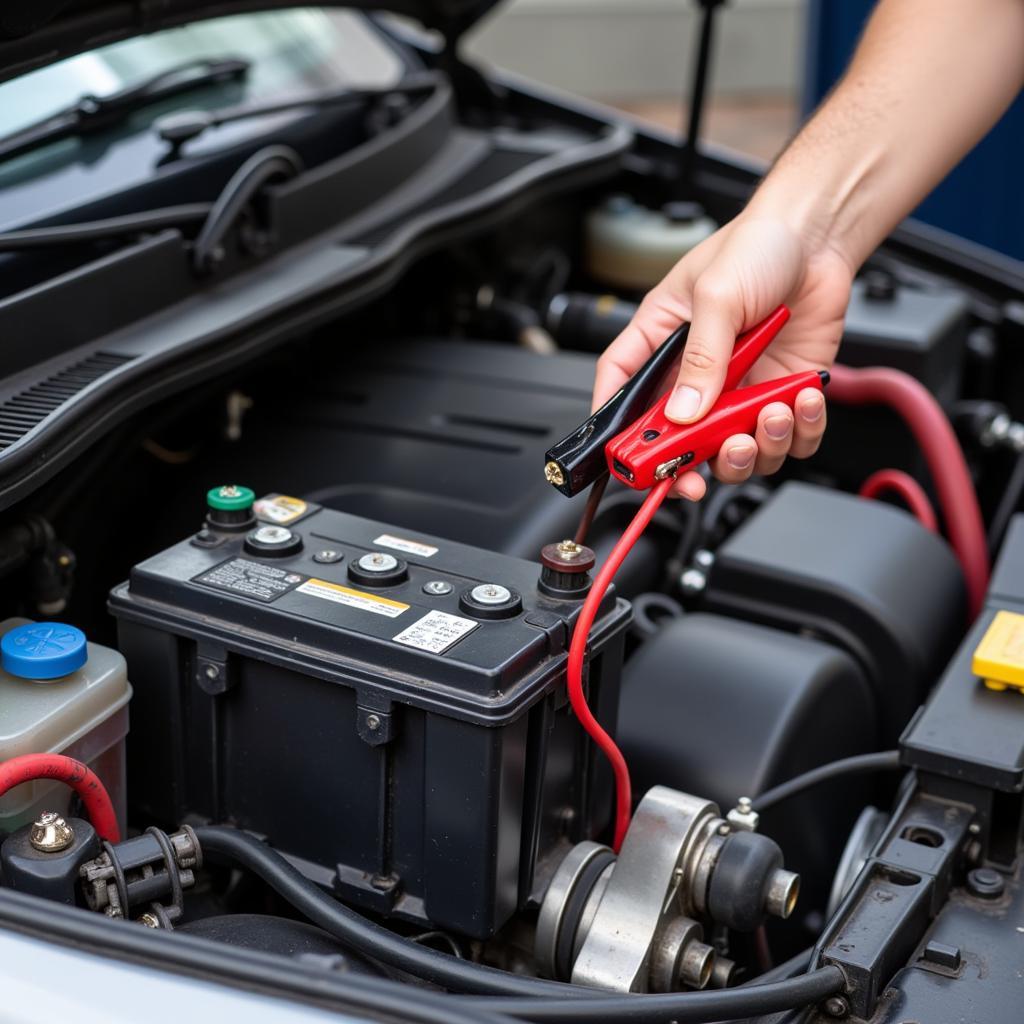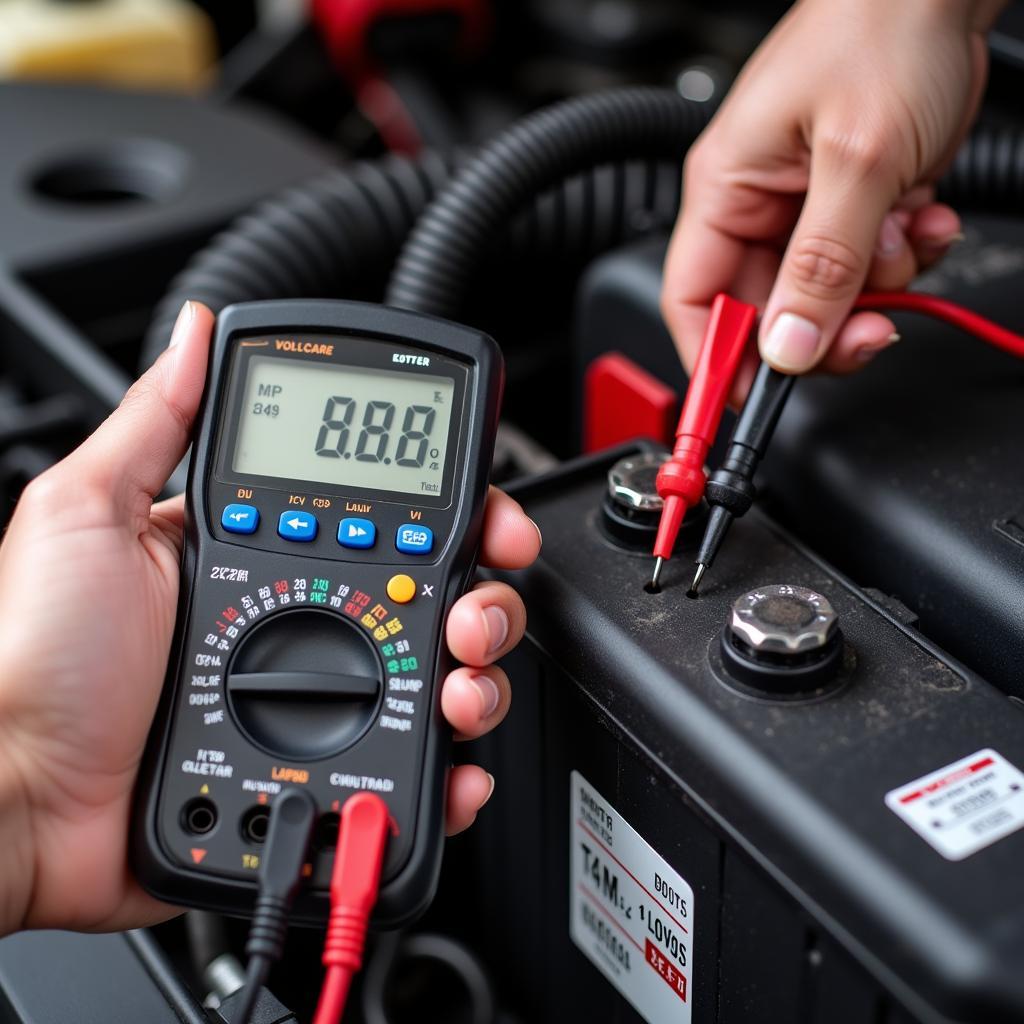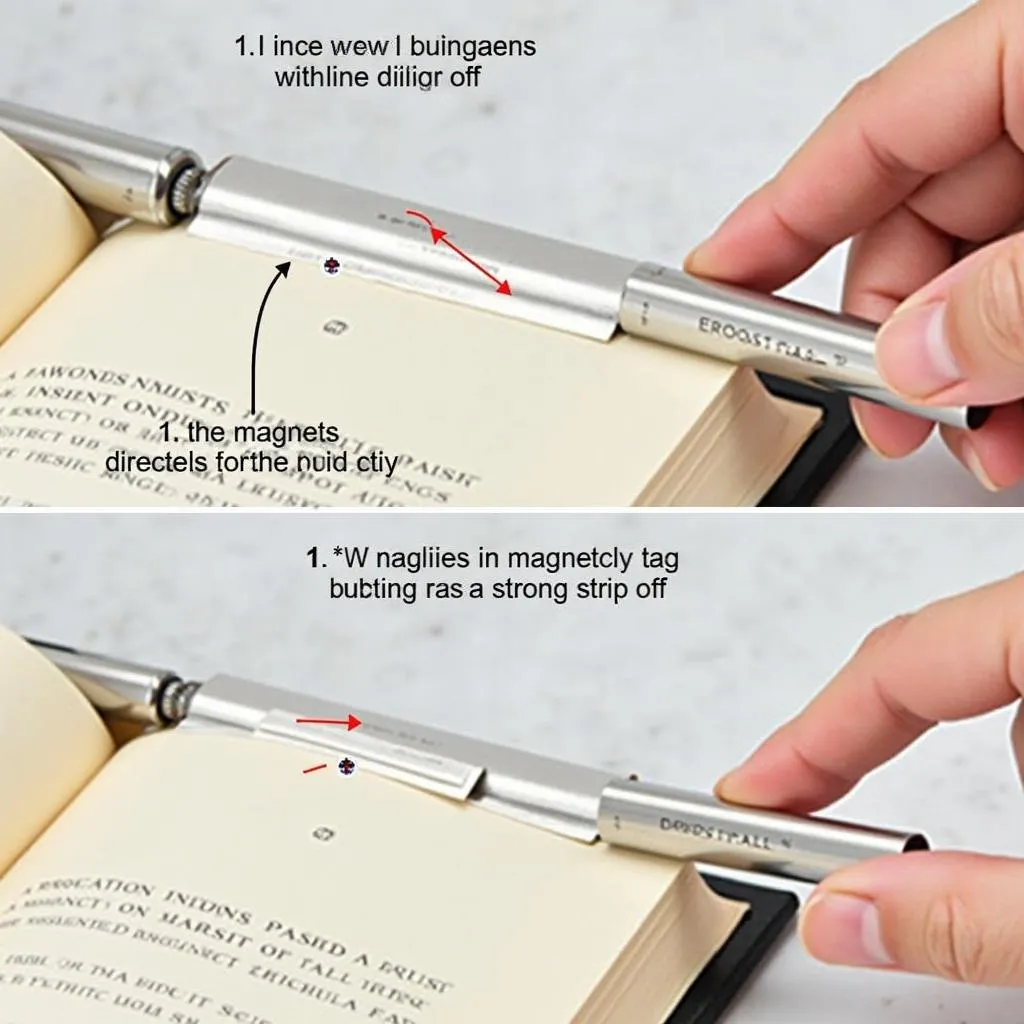A dead battery or faulty starter is the most common reason why your car won’t start. Knowing how to distinguish between the two can save you time and money. This comprehensive guide will help you diagnose the problem, offer solutions, and even provide some preventative measures to avoid future headaches. Let’s get started!
 Dead Battery vs. Faulty Starter Symptoms
Dead Battery vs. Faulty Starter Symptoms
Understanding the Difference Between a Dead Battery and a Bad Starter
While both a dead battery and a bad starter can prevent your car from starting, they are distinct problems with different symptoms. A dead battery simply lacks the power to crank the engine, whereas a bad starter can’t turn the engine over even with a fully charged battery. Recognizing the signs of each issue is the first step to getting back on the road. Check out this helpful resource on the signs of dead battery vs starter.
Signs of a Dead Battery
- Dim headlights or interior lights
- Slow cranking or clicking sound when turning the key
- Problems with electrical accessories (radio, power windows)
- The car may start with a jump but die shortly after
Signs of a Bad Starter
- Clicking sound when turning the key, but the engine doesn’t crank
- The engine cranks very slowly
- Grinding noise when trying to start
- Smoke coming from the starter motor
- The starter continues to run after the engine starts
Diagnosing the Problem: Dead Battery or Starter?
A simple test can help you determine if the issue is your battery or the starter. Try starting your car. If you hear a clicking sound, it often indicates a dead battery. If the car is completely silent or you hear a grinding noise, the starter is more likely the culprit. If your car battery is completely drained, learn how to troubleshoot car battery drain.
How to Test Your Car Battery
A multimeter is the best tool for testing your car battery. Connect the red lead to the positive terminal and the black lead to the negative terminal. A reading of 12.6 volts or higher indicates a healthy battery. A lower reading suggests a dead or dying battery. What if you have a new battery, but it keeps dying? Explore this article on what to do if i have a new battery but my car keeps dying.
 Using a Multimeter to Test Car Battery Voltage
Using a Multimeter to Test Car Battery Voltage
How to Test Your Car Starter
Testing the starter is a bit more complex and may require some mechanical knowledge. One method involves using a remote starter switch to bypass the ignition system and directly engage the starter. If the starter engages with the remote switch but not with the key, the problem likely lies in the ignition switch or wiring. This can be a bit tricky, so if you’re not comfortable working on your car’s electrical system, it’s best to consult a professional.
Solutions: Fixing a Dead Battery or Starter
Jump Starting a Dead Battery
Jump-starting can be a temporary solution for a dead battery, allowing you to get your car to a mechanic or auto parts store. Be sure to follow the correct procedure to avoid damage to your vehicle’s electrical system. Find more information about jump-starting issues in this article: car battery not starting with jump.
Replacing a Dead Battery
Replacing a dead battery is a relatively straightforward process. You’ll need a new battery, a wrench, and possibly some protective gear. Remember to disconnect the negative terminal first, followed by the positive terminal. Install the new battery in reverse order.
Replacing or Repairing a Starter
Replacing a starter is a more involved process and often requires professional assistance. However, in some cases, a starter can be repaired by replacing worn-out components like the solenoid or brushes.
Preventing Future Problems
Regular maintenance can help prevent both dead batteries and starter issues. Here are a few tips:
- Have your battery tested regularly, especially during extreme temperatures.
- Clean your battery terminals to ensure a good connection.
- Avoid leaving your headlights or other accessories on when the engine is off.
- Have your starter inspected if you notice any unusual noises or slow cranking.
Conclusion
Dealing with a dead battery or starter can be frustrating, but understanding the differences between the two and knowing how to diagnose and fix the problem can empower you to get back on the road quickly. By following the advice in this guide and performing regular maintenance, you can minimize the risk of future starting problems and keep your car running smoothly. Remember to check for the sign of dead battery regularly.
FAQ
- How long does a car battery last? Typically, a car battery lasts between 3 and 5 years.
- Can I drive with a bad starter? No, you cannot drive with a bad starter. The starter is essential for starting the engine.
- How much does it cost to replace a starter? The cost to replace a starter varies depending on the make and model of your car, but it typically ranges from $200 to $500.
- How much does it cost to replace a battery? The cost of a new car battery typically ranges from $75 to $200.
- Can a bad alternator cause a dead battery? Yes, a faulty alternator can prevent the battery from recharging, leading to a dead battery.
- What are the signs of a bad alternator? Dimming headlights, flickering interior lights, and a whining noise from the engine bay can indicate a bad alternator.
- Can I jump start a car with a bad starter? No, jump-starting a car with a bad starter will not work. The starter needs to be functioning to turn the engine over.

